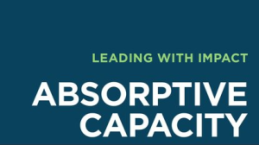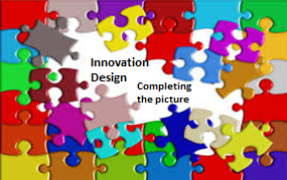Developing talent to drive innovation
 I recently participated in a survey for APQC that was looking to identify the hot topics within product development and innovation. One or two hot spots surprised me, others less so.
I recently participated in a survey for APQC that was looking to identify the hot topics within product development and innovation. One or two hot spots surprised me, others less so.
In the round-up of results almost two-thirds of survey respondents have placed refining the identification of customer needs and remaining competitive in terms of profit at the top of their product development agendas. I like the increasing emphasis on identifying customer needs
Among the potential research areas respondents were asked about, they felt that developing talent to drive innovation was the most important. The second one was around rapid product development: How to Move Products to Market Faster.
The one that really caught my eye was organizations have allocated the most funds to improvement in developing talent to drive innovation. This is heartening but also a worry.









